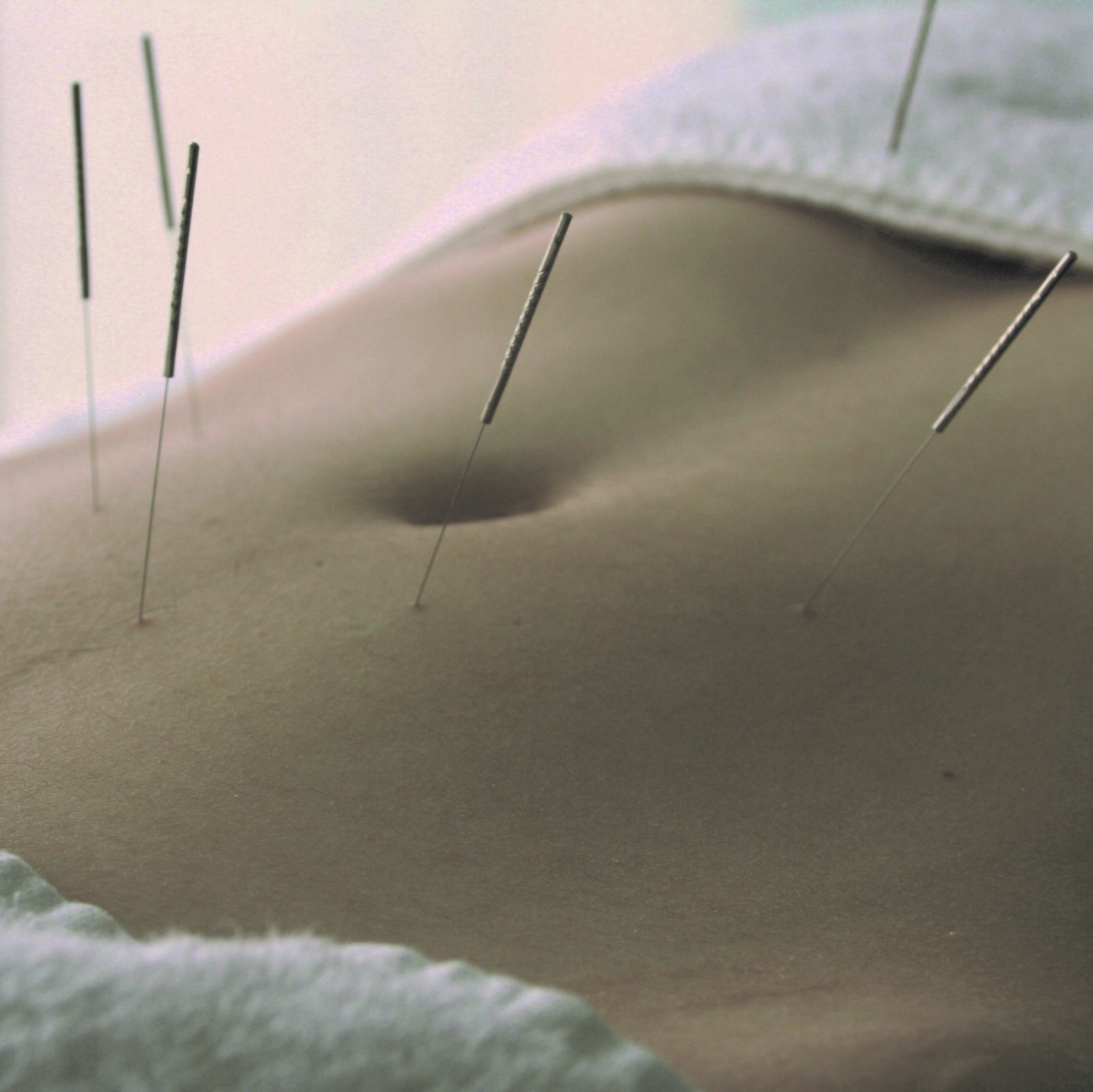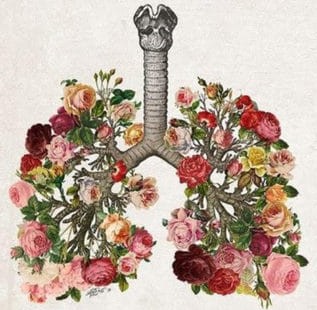
Pain is the most common reason for seeking medical attention. For some people pain may be temporary and easy to tolerate, but for many others it can be severe or unrelenting or both. If you have a body, then you will be familiar with the experience of pain.
The good news is that, although pain is inevitable, suffering is optional! Numerous high-level studies have demonstrated that acupuncture is an effective method for relief of pain associated with a range of disorders.
What Causes Pain?
Pain is a signal from your nervous system that something is wrong. It most commonly results from an underlying disease or health condition or from an injury to the tissues or joints, including surgical trauma. It can also arise from inflammation or from a nervous system problem (neuropathic pain) or from an unknown cause.
The Problem with Pain Relief Medication
Pharmaceutical drugs can provide effective relief of pain in 20% to 70% of cases. Unfortunately, this often comes at a cost with many of the standard medications associated with serious side effect.
The use of opiods is a particularly serious problem; a 2015 study states that 33,000 people in the United States dies from opioid related deaths, nearly half whom were prescribed medications. A study from the NIH’s Intramural Research Program and McGill University showed that pain-induced changes in the brain’s opioid receptor system may explain the limited effectiveness of opioid therapy in chronic pain and the depression that often accompanies it. Previous research in people with chronic pain has demonstrated reduced availability of opioid receptors in the brain which may explain the limited ability of opioids to relieve chronic pain.
In January 2018 the Therapeutic Goods Authority, TGA restricted access to products containing codeine due to the opioid crisis that is occurring internationally. This meant even low dose codeine derived medication is now restricted to prescription only.
The United States Food and Drug Authority (FDA) has warned that non-steroidal antiinflammatories (NSAIDS) distinctly increase the risk of heart attack and stroke. Other common side effects of NSAIDS are:
- Stomach pain
- Heartburn
- Stomach ulcers
- Increased bleeding
- Headaches
- Dizziness and tinitus
- Allergic reactions
- Hypertension
- Liver and kidney problems
The Australian Therapeutic Goods Administration (TGA) states long term ibuprofen use also involves significantly increased risks including:
- Serious internal bleeding
- Kidney failure
- Heart attack
Long term use of paracetamol (acetaminophen) may have significant negative impact on liver function and a potential for multi-organ failure. A further perspective on the collective detriment of pain and its standard treatment is the cost: chronic pain is one of Australia’s third highest economics costs and was estimated in 2007 at more than $34 billion. This includes losses in productivity, health costs and loss of income.
Even when pharmaceutical drugs provide effective pain relief, it can often be regarded as a management system at best, rather than a cure of the underlying problem. Obviously, there are many problems associated with the pharmeceutical drug model for pain treatment. Fortunately, there is a realistic alternative.
Additional Methods That Contribute To Pain Relief
- Diet Regular daily consumption of alcohol and refined sugars both contribute to high systemic inflammatory levels. A diet high in fresh fuits, vegetables and protein foods with relatively low proportions of carbohydrates is ideal for reducing inflammation, ensuring good cellular nutrition and maintaining a correct acid/alkaline balance in the intracellular fluids.
- Exercise All bodies require regular exercise for optimal health. Exercise produces endorphins and promotes healthy circulation of blood and lymph fluids.
- Meditation / Mind Training Relaxation, meditation, positive thinking and a wide variety of mind-training techniques have all been used successfully to relieve pain.
- Acupuncture Acupuncture has been used for centuries to relieve pain and rigorous studies all over the world are continuing to confirm its efficacy. The National Institute of Health (NIH) has said “acupuncture appears to be a reasonable option for people with chronic pain to consider.”
Chinese Medicine’s View of Pain
Whenever there is tissue injury, the local blood circulation is disrupted. Blood is essential to supply local tissues with anti-inflammatory factors, proteins for rebuilding damaged tissues, oxygen to cleanse and a wide variety of immune cells to fight against invasion of bacteria and other pathogenic factors. In the language of Chinese Medicine, pain is a stagnation of Blood. Pain is a signal sent to the central nervous system that communicates the information about damage to local tissues.
How Acupuncture Helps with Pain Relief
Whenever an acupuncture needle is inserted, a number of different things start to happen. The body interprets the presence of an acupuncture needle as a potential threat to its integrity and an immune response is initiated. The primary function of this immune response is to protect the body from pathogenic invasion. This is achieved by
- enhancing the local circulation of blood
- producing endorphines, the body’s own pain relieving factors
- stimulating the parasympathetic nervous system to promote relaxation
- softening tension in the muscle structure
Common Pain Conditions Seen in Chinese Medicine Practice
- Neck, shoulder, elbow and knee pain
- Low back pain and sciatica
- Joint and arthritic pain
- Headaches & migraine
- Menstrual pain
- Digestive pain
- Fibromyalgia
- Plantar fasciitis
- Carpal tunnel and RSI
The Research on Acupuncture and Pain Relief
Many high-level studies have demonstrated that acupuncture is an effective method for relief of pain associated with various disorders.
A narrative review of high quality randomised controlled trials and two systematic reviews including a Cochrane systematic review update, have confirmed that acupuncture is superior to sham acupuncture and seems to be at least as effective as conventional preventative medication in reducing migraine frequency (1-3).
The most recent Cochrane systematic review update confirmed that acupuncture is effective for frequent episodic and chronic tension-type headaches with moderate to low quality evidence (4). A brief review of systematic reviews and meta-analyses described acupuncture as having a ‘potentially important role as part of a treatment plan for migraine, tension-type headache, and several different types of chronic headache disorders’ (5).
A review of 32 randomised control trials (7) has shown acupuncture has a positive effect in the treatment of chronic non-specific low back pain in comparison to placebo and improved function. Another review (8) showed acupuncture was found to be superior to NSAIDS in effect when treating acute low back pain.
A review (9) found acupuncture to be 2nd in effectiveness out of 21 interventions for pain intensity related to sciatica. The review showed acupuncture may be superior in effect to drugs and may also increase the effectiveness of drugs when used in conjunction (10, 11).
A systematic review relating to osteoarthritis of the knee showed acupuncture to provide significant pain relief, improved mobility and quality of life (12). Acupuncture was also shown to have a stronger effect than standard care suggesting an effective alternative to pain relief medication for people with knee osteoarthritis. The reviewers concluded that ‘current evidence supports the use of acupuncture as an alternative for traditional analgesics in patients with osteoarthritis’.
A systematic review and meta-analysis of 13 RCTs in 2016, found that acupuncture, electroacupuncture (EA) and transcutaneous electrical acupoint stimulation (TEAS) improved pain on day one after surgery and reduced opioid use (13)
Acupuncture was found to be superior to controlled intervention or inactive treatment neck pain relief (14).
At early stage of Shoulder Impingement Syndrome (SIS), exercise combined with therapies such as kinesio taping, specific exercises, and acupuncture can be considered a first choice of intervention (15)
~ ~ ~ ~ ~
References
- Da Silva AN. Acupuncture for migraine prevention. Headache. 2015 Mar;55(3):470-3.
- Linde K, Allais G, Brinkhaus B, Fei Y, Mehring M, Vertosick EA, et al. Acupuncture for the prevention of episodic migraine. The Cochrane database of systematic reviews. 2016(6):Cd001218.
- Yang Y, Que Q, Ye X, Zheng G. Verum versus sham manual acupuncture for migraine: a systematic review of randomised controlled trials. Acupuncture in Medicine: Journal of the British Medical Acupuncture Society. 2016 Apr;34(2):76-83.
- Linde K, Allais G, Brinkhaus B, Fei Y, Mehring M, Shin BC, et al. Acupuncture for the prevention of tension type headache. The Cochrane Database of Systematic Reviews. 2016;4:Cd007587.
- Coeytaux RR, Befus D. Role of Acupuncture in the Treatment or Prevention of Migraine, Tension-Type Headache, or Chronic Headache Disorders. Headache. 2016 Jul;56(7):1238-40.
- Lam M, Galvin R, Curry P. Effectiveness of acupuncture for nonspecific chronic low back pain: a systematic review and meta-analysis. Spine. 2013 Nov 15;38(24):2124-38.
- Lee JH, Choi TY, Lee MS, Lee H, Shin BC, Lee H. Acupuncture for acute low back pain: a systematic review. The Clinical Journal of Pain. 2013 Feb;29(2):172-85.
- Lewis RA, Williams NH, Sutton AJ, Burton K, Din NU, Matar HE, et al. Comparative clinical effectiveness of management strategies for sciatica: systematic review and network meta-analyses. The Spine Journal: Official Journal of the North American Spine Society. 2015 Jun 1;15(6):1461-77.
- Qin Z, Liu X, Wu J, Zhai Y, Liu Z. Effectiveness of Acupuncture for Treating Sciatica: A Systematic Review and Meta-Analysis. Evidence-Based Complementary and Alternative Medicine: eCAM. 2015;2015:425108.
- Ji M, Wang X, Chen M, Shen Y, Zhang X, Yang J. The Efficacy of Acupuncture for the Treatment of Sciatica: A Systematic Review and Meta-Analysis. Evidence-Based Complementary and Alternative Medicine: eCAM. 2015;2015:192808.
- Manyanga T, Froese M, Zarychanski R, Abou-Setta A, Friesen C, Tennenhouse M, et al. Pain management with acupuncture in osteoarthritis: a systematic review and metaanalysis. BMC Complementary and Alternative Medicine. 2014;14:312.
- Wu MS, Chen KH, Chen IF, Huang SK, Tzeng PC, Yeh ML, et al. The Efficacy of Acupuncture in Post-Operative Pain Management: A Systematic Review and MetaAnalysis. PloS One. 2016;11(3):e0150367.
- Trinh K, Graham N, Irnich D, Cameron ID, Forget M. Acupuncture for neck disorders. The Cochrane Database of Systematic Reviews. 2016(5):Cd004870.
- Dong W, Goost H, Lin XB, Burger C, Paul C, Wang ZL, et al. Treatments for shoulder impingement syndrome: a PRISMA systematic review and network meta-analysis. Medicine. 2015 Mar;94(10):e510.











